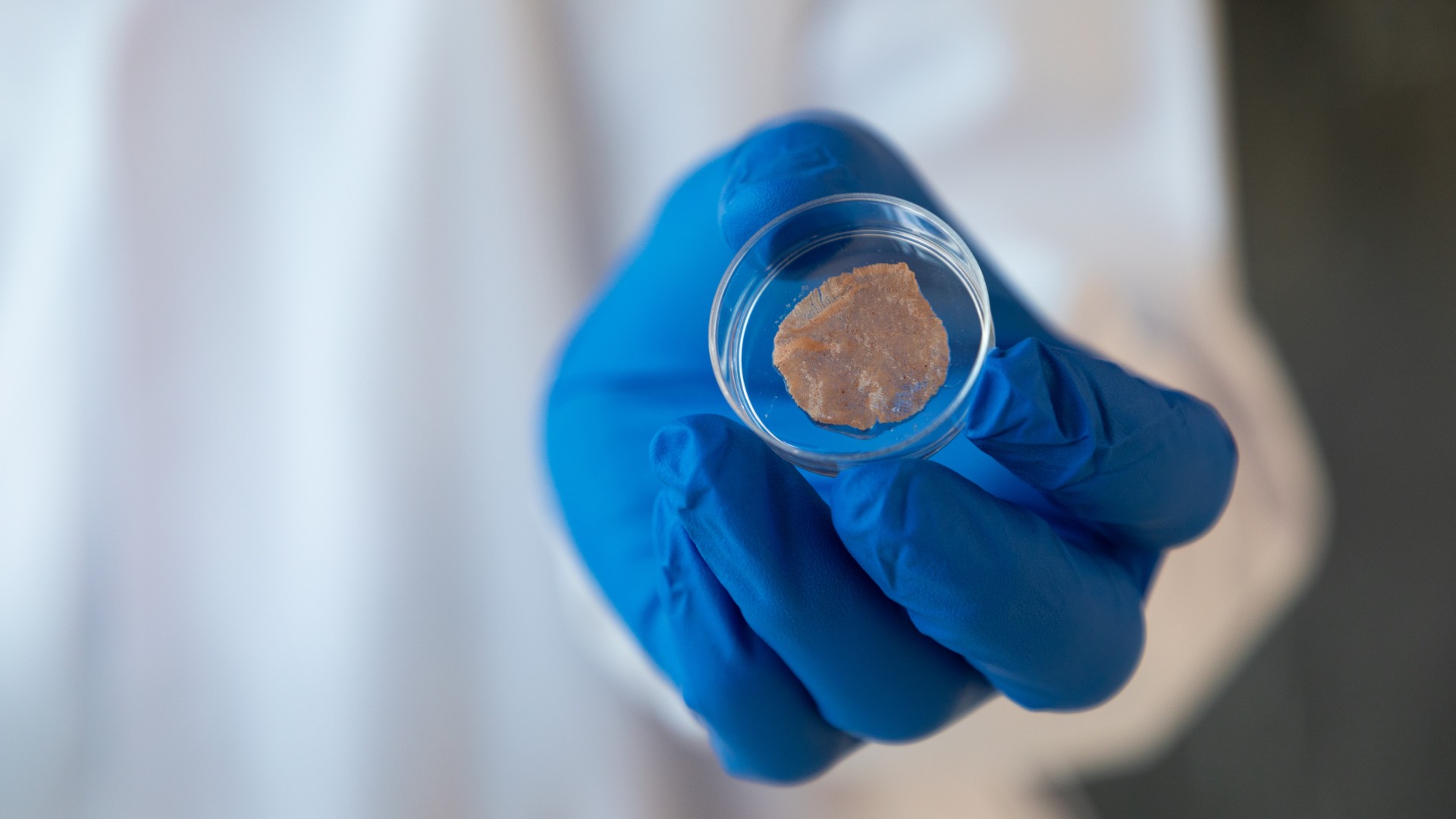2023-05-01 シンガポール国立大学(NUS)

Cultured pork grown using the edible cell culture scaffolds.
培養肉は、動物の骨格筋細胞を取り、これらの細胞が増殖し、組織に成長するための構造的サポートを提供する三次元構造体であるスキャフォールド上で培養される。通常、細胞培養スキャフォールドは合成または動物由来の材料で作られており、高価で食べられないため、代替材料が必要でした。
研究チームは、植物タンパク質を使用し、3Dプリント技術を用いて食べられる構造スキャフォールドを作り出すことに成功し、そのスキャフォールド上で豚の骨格筋幹細胞を培養し、肉を生成することができました。
今後は、スキャフォールドの構造や成分が動物幹細胞の成長や筋肉組織形成にどのように影響するかを詳しく調べ、市場に出すための安全性や栄養価を満たすことが必要です。
<関連情報>
- https://news.nus.edu.sg/plant-based-scaffold-for-cultured-meat/
- https://onlinelibrary.wiley.com/doi/10.1002/adma.202207397
3Dプリンターによるプロラミンスカフォールドの細胞培養への応用 3D-Printed Prolamin Scaffolds for Cell-Based Meat Culture
Lingshan Su, Linzhi Jing, Xianjian Zeng, Tong Chen, Hang Liu, Yan Kong, Xiang Wang, Xin Yang, Caili Fu, Jie Sun, Dejian Huang
Advanced Materials Published: 22 October 2022
DOI:https://doi.org/10.1002/adma.202207397
Abstract
Cultivating meat from muscle stem cells in vitro requires 3D edible scaffolds as the supporting matrix. Electrohydrodynamic (EHD) printing is an emerging 3D-printing technology for fabricating ultrafine fibrous scaffolds with high precision microstructures for biomedical applications. However, edible EHD-printed scaffolds remain scarce in cultured meat (CM) production partly due to special requirements with regard to the printability of ink. Here, hordein or secalin is mixed, which are cereal prolamins extracted from barley or rye, with zein to produce pure prolamin-based inks, which exhibit favorable printability similar to common polycaprolactone ink. Zein/hordein and zein/secalin scaffolds with highly ordered tessellated structures are successfully fabricated after optimizing printing conditions. The prolamin scaffolds demonstrated good water stability and in vitro degradability due to the porous fiber surface, which is spontaneously generated by culturing muscle cells for 1 week. Moreover, mouse skeletal myoblasts (C2C12) and porcine skeletal muscle satellite cells (PSCs) can adhere and proliferate on the fibrous matrix, and a CM slice is produced by culturing PSCs on prolamin scaffolds with high tissue similarity. The upregulation of myogenic proteins shows that the differentiation process is triggered in the 3D culture, demonstrating the great potential of prolamin scaffolds in CM production.


